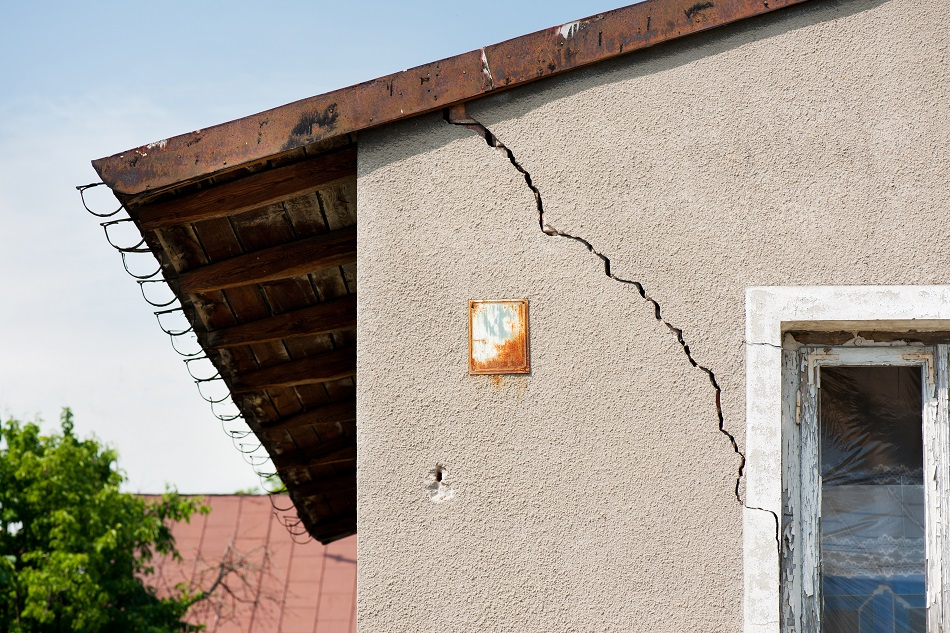
Image Credit: Ariene Studio/Shutterstock.com
Mining operations can cause ongoing long-term damage to buildings through two routes. The most common is subsidence, where the ground suddenly or gradually sinks downwards due to the space created below from mining projects. This sinking can devastate buildings, causing them to crack and sometimes collapse. The other way that mining can damage buildings is through the vibrations caused by the blasting used to remove rock.
Damage to buildings from mining isn’t uncommon. In the UK, for example, coal mining was a booming industry. While there are now no deep mines and only a handful of collieries and open-pit mines, millions of pounds are still paid out annually for damage caused to buildings. It’s estimated that almost a third of buildings in the country are underlain by coal mines, which isn’t surprising given the £40 million (approx $51 million) paid out in damages over the last decade.
There are numerous methods for analyzing the damage caused by mining:
Mapping Cracks
Damage assessment can involve mapping cracks which signify damage through subsidence. This involves assessors meticulously recording all cracks in the affected building. Biaxial extensometers and inclinometers are then used to quantify the cracks, determining the level of damage.
Categorization of Cracks
Categorizing cracks determines the extent of damage, using a rating system between 1 and 5, where 1 represents fine cracks that can be repaired easily, and 5 represents structural damage that requires major repairs or even a complete rebuild. Categories from 0-2 are considered aesthetic damage, whereas 3 and up are more serious, effecting doors and windows, and 5 determines significant structural damage.
Measuring Speed of Subsidence
To understand how fast the building may be sinking downwards, assessors can mark a set of points in the area of the building where the most damage is observed. Measurements are then taken at intervals to monitor the movement of the building over time. This can indicate how quickly the damage may progress and give an idea of how safe the building is.
Forensic Analysis
In the case of sudden and drastic damage, an entire forensic analysis may take place. For example, in the event of a collapse of an abandoned mine, a seismic movement may be triggered resulting in significant damage to multiple buildings. In a full forensic analysis, the spatial and temporal evolution of damages in an entire area may be analyzed. Data is collected from the point of the worse damage which is determined as the epicenter, and evidence of persistent subsidence is collected to inform the area on what measures should be taken. Data on widespread damage is valuable for understanding how the activity of mines, even abandoned ones, can negatively impact the surrounding area.
Accelerometers
Accelerometers are often used alongside other techniques for measuring cracks to determine if the vibrations caused by mining blasts are to blame for observed structural damage. Accelerometers can measure the force of vibrations, and help to determine whether the blasts occurring as part of the mining operations are strong enough to cause structural damage over time.
Overall, there are several techniques to analyze buildings affected by mining, and these are often taken on a case-by-case basis. However, many of them rely on monitoring and measuring cracks and structural damage. There is a lack of innovation in technology to provide more in-depth analysis of this kind of damage, but given the widespread impact of mining on buildings, it is assumed that new technologies would be welcomed.
Sources and Further Reading
Disclaimer: The views expressed here are those of the author expressed in their private capacity and do not necessarily represent the views of AZoM.com Limited T/A AZoNetwork the owner and operator of this website. This disclaimer forms part of the Terms and conditions of use of this website.